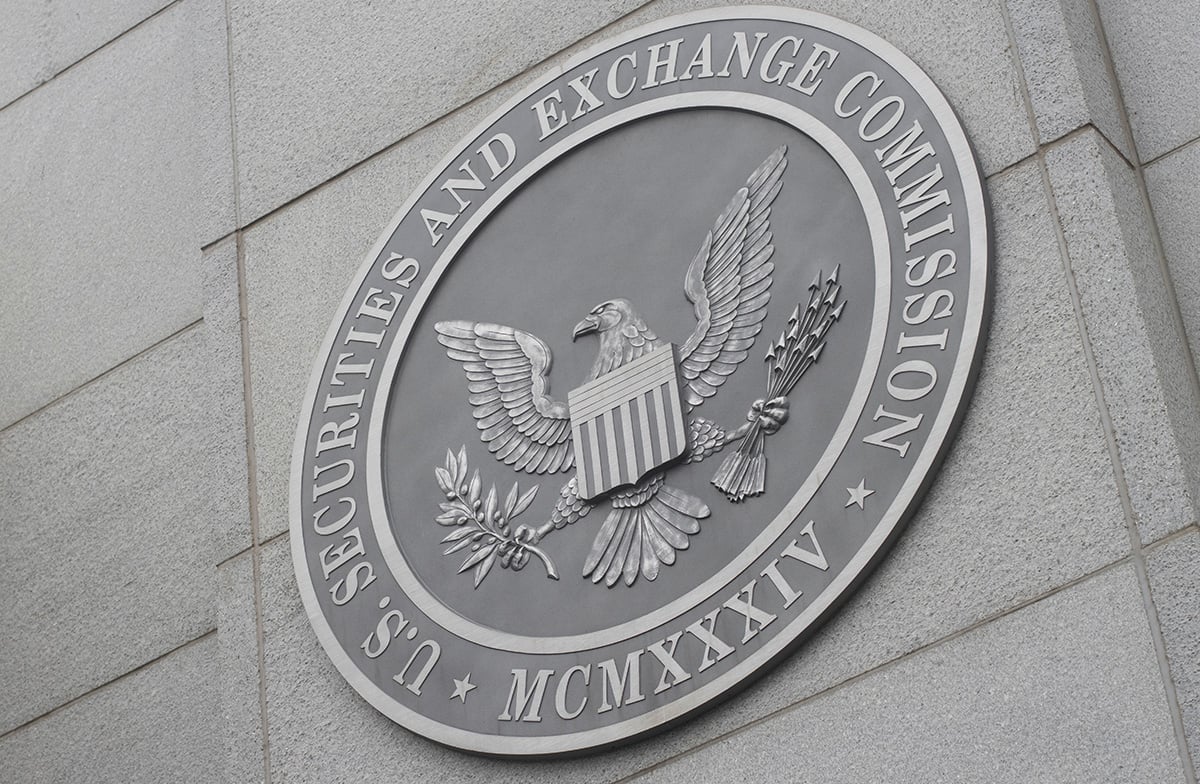In recent crypto news, Stephen Miran swore in as the latest Federal Reserve governor on September 16, 2025, slipping into the board’s last open spot right before the Federal Open Market Committee kicks off its two-day rate discussion.
Traders are betting heavily on a 25-basis-point trim, which would bring the federal funds rate down to 4.00%-4.25%, based on CME FedWatch Tool figures from September 15, 2025.
Miran, who’s been Trump’s top economic advisor and a supporter of his trade ideas, joins a seven-member board where just three governors come from Democratic picks, according to the Fed’s records updated that same day.
Crypto News: Miran’s Background and Quick Path to Confirmation
The Senate greenlit Miran on September 15, 2025, with a tight 48-47 vote, following his nomination on September 2, 2025, as per a recent crypto news update.
His stint runs only until January 31, 2026, stepping in for Adriana D. Kugler, who stepped down in August 2025 for reasons not made public.
Miran earned his economics Ph.D. from Harvard and worked at the Treasury back in Trump’s first go-around.
Afterward, he moved to Hudson Bay Capital Management as an economist, then looped back to the White House in December 2024 to head the Council of Economic Advisers.
There, he helped craft Trump’s “reciprocal tariffs” approach, aimed at fixing trade gaps with China and the EU.
He wouldn’t quit his White House gig, which irked Senator Elizabeth Warren at the September 7, 2025, confirmation hearings.
That limited time frame means Miran gets to cast a vote straight away at the FOMC session starting September 16, 2025.
The full board now features Chair Jerome H. Powell (Trump pick, term ends 2026), Vice Chair Philip N. Jefferson (Biden, to 2036), and folks like Lisa D. Cook (Biden, to 2028) and Michael S. Barr (Biden, to 2032).
Crypto News: Trump’s Campaign to Influence the Fed
Trump tapped Miran as part of his larger play to get more say in the Federal Reserve’s moves. He’s been vocal about the bank’s independence, urging cuts to back his plans.
Miran’s ties run through his advisory role, where he weighed in on policy during 2025’s 2.5% GDP bump in the second quarter, from Bureau of Economic Analysis numbers.
In his earlier term, Trump tried sidelining Powell but hit a wall thanks to Federal Reserve Act safeguards.
The setup protects governors from easy ousters—only for cause—and that’s been in the spotlight lately with court fights.
Miran’s okay is a point for Trump, filling gaps from exits and term ends. The board’s back to seven members for the first time since mid-2024, good for full voting power.
From the Federal Reserve’s structure page, updated September 16, 2025.
Legal Battles Over Lisa Cook’s Seat
In more crypto news, the Donald Trump team ramped up attempts to boot Governor Lisa D. Cook early this month, pointing to supposed issues with her policy calls. Cook, a Biden appointee from 2022, called it a sham.
The U.S. Court of Appeals for the D.C. Circuit shut it down on September 15, 2025—the second time courts have said no.
The White House filed for an appeal, but Cook showed up for the FOMC anyway. A district court had already turned it away before.
With Cook still there, the board stays at 4-3 for Republicans, but kicking her out might tilt things more. Fed rules demand Senate approval for removals, which muddies Trump’s aims. Nothing’s settled as of September 16, 2025.
The FOMC’s in session September 16-17, 2025, looking over stats like August’s 2.4% year-over-year inflation from the Bureau of Labor Statistics.
Unemployment’s at 4.2%, higher than January’s 3.8%. Markets see a 25-basis-point drop from 4.25%-4.50% as almost certain, with just 5% odds for 50 basis points.
Surveys from economists on September 15, 2025, peg three cuts for the year overall, at 95% agreement.
Powell hinted at easing during his August 23, 2025, Jackson Hole speech, noting softer job numbers.
Source: https://www.thecoinrepublic.com/2025/09/17/crypto-news-will-donald-trump-aligned-fed-governor-speed-up-fed-rate-cuts/


